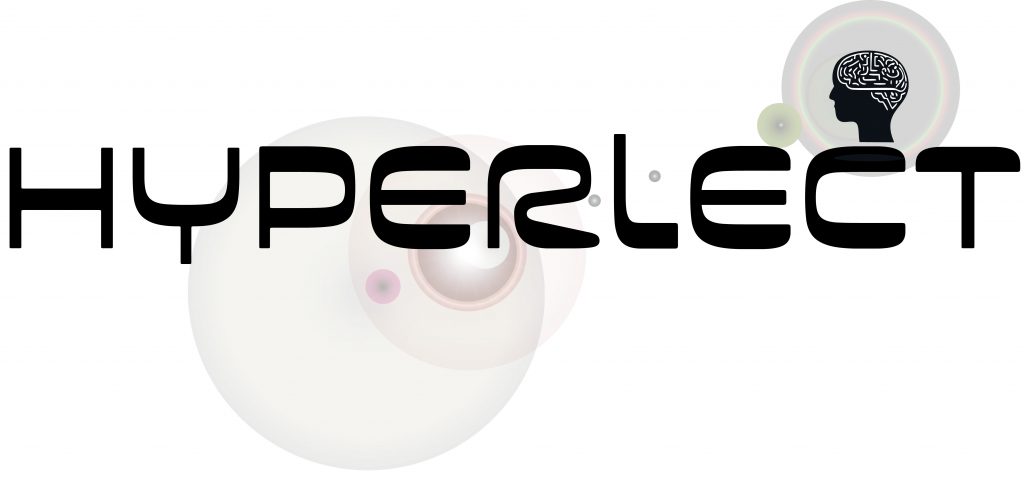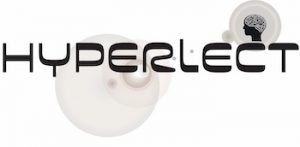Is your deep learning not converging?
Does it not generalise well?
Deep learning is limited by its human designer




Not everything has a designer. Natural selection has given us many varied solutions to difficult problems, each one locally opitimized to its environment.
Hyperlect’s software evolves a sequence of virtual machine instructions to solve your problem. The possibilities are unbounded.
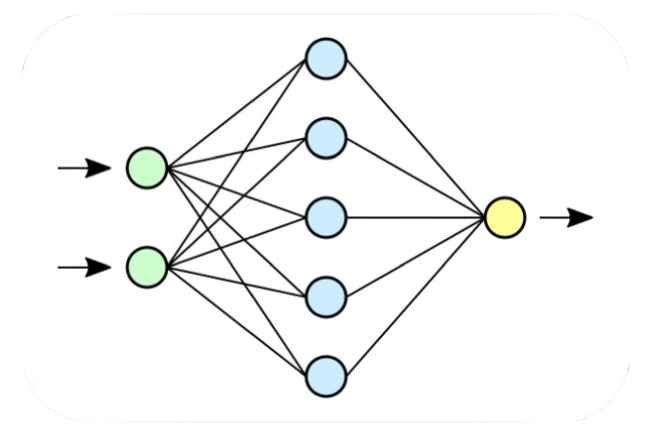
Deep learning has a human designed network
We parameterise it to do incredible things, but still it limits what is possible
Deep learning cannot currently solve all problems.
Deep learning solutions are based upon artificial neural networks. The network forms the human component of the design and the solution is limited by this component.
Hyperlect’s software uses genetic search

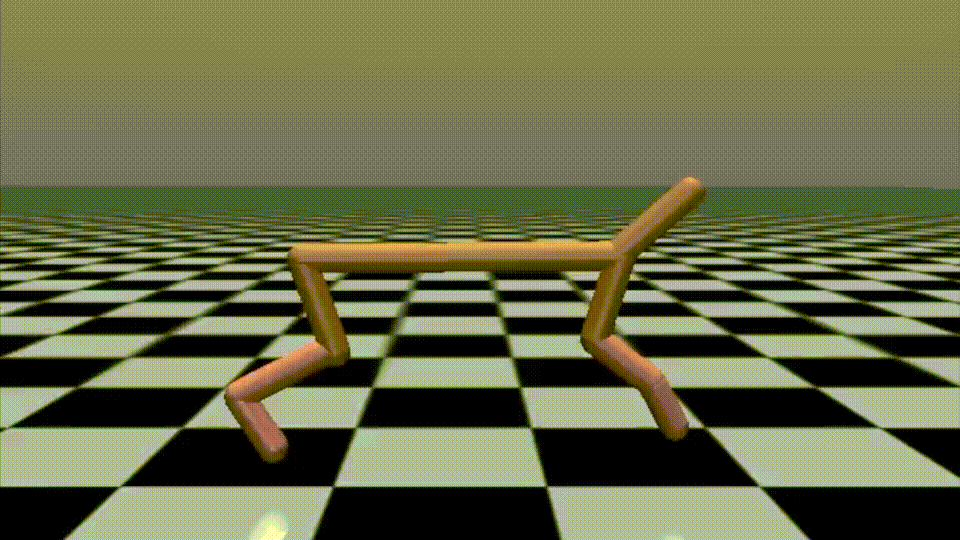
After a few generations, initial random behaviours ….
…. evolve into more complex and useful behaviours
Some problems are more naturally represented by linear software. Software can also be read and analysed, manipulated and used to seed the start of another evolutionary search.
With Hyperlect’s eCode the best results from previous searches can be used as the basis of a new search. Interesting behaviours can be merged together in a manner similar to selective breeding.
eCode implements agent and agent learning using genetic search
The result is linear software with no design to constrain it
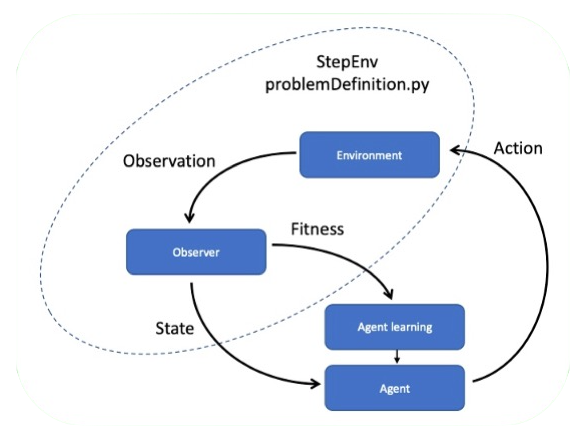
The problem to be solved is entirely defined in a Python file that is provided by the user. An example of a problem definition file is provided for the Cheetah OpenAI Gymnasium model.
eCode performs genetic manipulations on all of the members of the population and creates future generations. It make evolved software easy to use.
The user is left to specify how the actions influence the state and how the reward is generated.
Hyperlect's eCode software generates linear software using a Turing complete software language. Therefore it can theoretically solve any problem. This contracts with deep learning where the solution is found by parameterising an artificial neural network. The evolved software can be analysed and its actions understood. This contrasts with deep learning where if can be difficult to understand the inner workings of any solution.
The generated software is stored as a set of instructions in a binary code. A royalty free binary linux application is supplied that can read this instruction list and run the generated software. A Python3 script is also supplied that can call this binary executable and run the generated software.
Hyperlect is working on a translator that will take the learned instructions and output a C code equivalent. This will enable the result to be directly embedded into your application. This will also enable you to analyse the learned software. This addition to the software will be available Q4 2023.
Hyperlect eCode is supplied as binary executables created on Linux Ubuntu 20.04.2 LTS. It will run on most Linux distributions.

